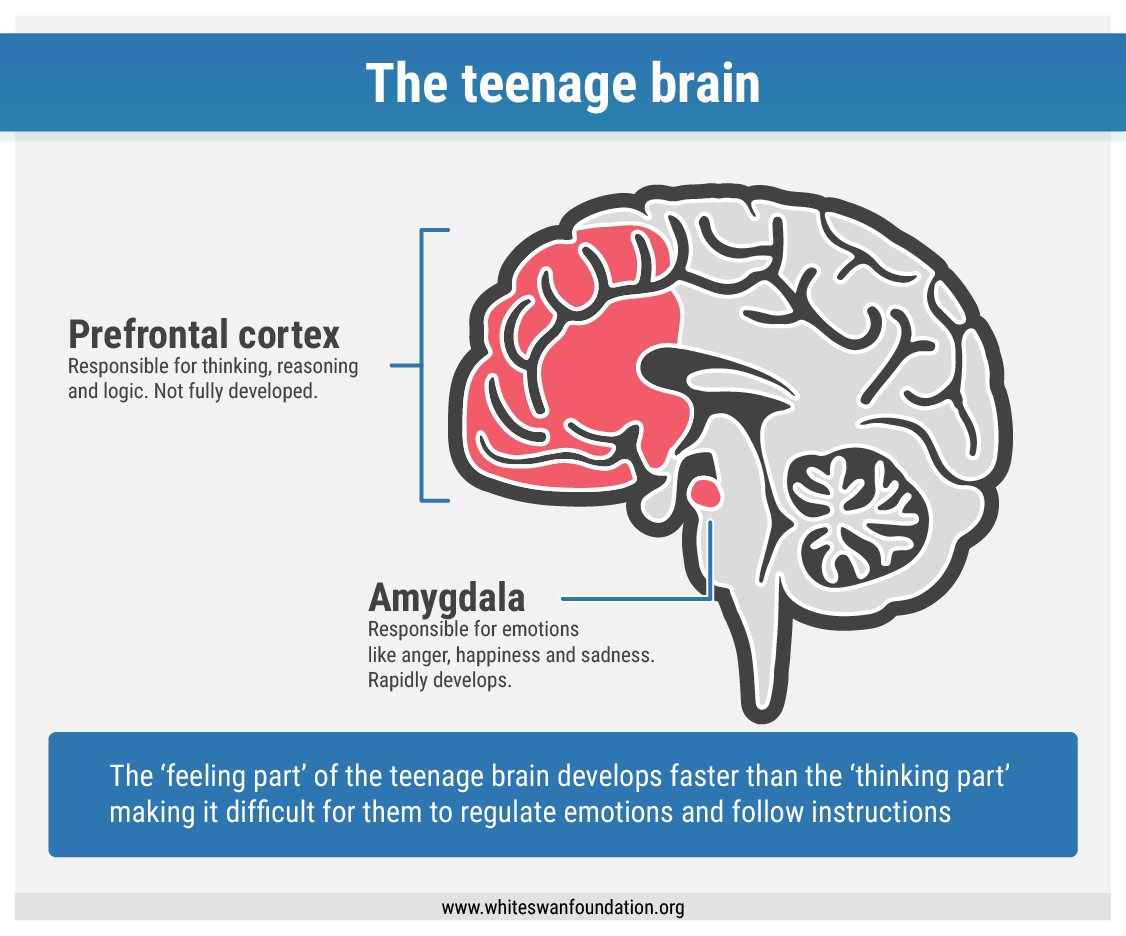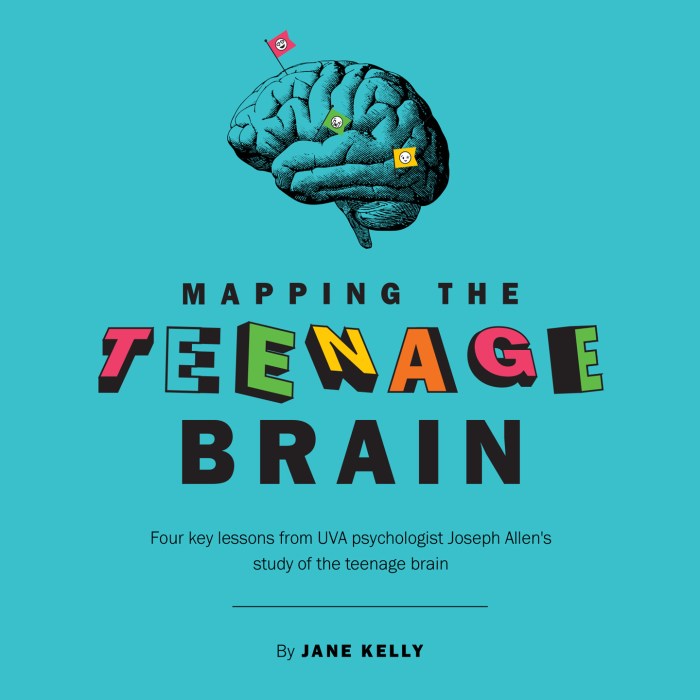Startling finds on teenage brains reveal a period of profound neurodevelopmental changes that shape cognitive abilities, emotions, and behavior. These discoveries offer crucial insights into the complexities of adolescence and its implications for education, mental health, and social policy.
From the rapid growth of brain regions to the dynamic shifts in brain connectivity, this article delves into the latest research on teenage brain development. It explores the neurobiological underpinnings of risk-taking, reward processing, emotional regulation, and the profound influence of social and environmental factors.
Neurodevelopmental Changes

The teenage brain undergoes significant neurodevelopmental changes, shaping cognitive abilities, emotions, and behavior. Key regions experiencing rapid growth and reorganization include the prefrontal cortex, responsible for executive functions like planning and decision-making; the limbic system, involved in emotional processing; and the temporal lobes, crucial for memory and language.
Brain Connectivity
Brain connectivity develops rapidly during adolescence. Myelination, the insulation of neural pathways, enhances signal transmission, while synaptic pruning eliminates weaker connections, refining neural networks. These changes influence social, emotional, and cognitive functions, enabling more complex and efficient processing.
Risk-Taking and Reward Processing
Teenagers exhibit increased risk-taking behavior. The neurobiological mechanisms underlying this involve the maturation of reward pathways, making them more sensitive to novel and potentially risky experiences. This increased reward sensitivity may contribute to both positive outcomes, such as exploring new opportunities, and negative ones, such as substance use or risky sexual behavior.
Emotional Regulation
Emotional regulation presents both challenges and opportunities for teenagers. The development of emotional control systems, particularly in the prefrontal cortex, enables greater self-regulation. However, social factors, such as peer pressure and family dynamics, can influence emotional regulation, affecting mental health and well-being.
Social and Environmental Influences
| Positive Social Environments | Negative Social Environments |
|---|---|
| Enhanced connectivity in brain regions involved in social cognition and empathy | Impaired connectivity in brain regions involved in social cognition and empathy |
| Increased cognitive abilities, such as problem-solving and decision-making | Reduced cognitive abilities, such as problem-solving and decision-making |
| Improved emotional regulation and well-being | Poor emotional regulation and increased risk of mental health issues |
Plasticity and Resilience, Startling finds on teenage brains
Teenage brains exhibit remarkable plasticity, the ability to adapt and change in response to experiences. Positive experiences, such as supportive relationships and educational opportunities, can promote positive brain development. Interventions targeting neuroplasticity, such as mindfulness practices and cognitive-behavioral therapy, have shown promise in enhancing mental health and well-being.
FAQ Compilation: Startling Finds On Teenage Brains
What are the key neurodevelopmental changes occurring in teenage brains?
Teenage brains undergo rapid growth and reorganization, particularly in regions involved in cognitive control, emotional processing, and reward sensitivity.
How does brain connectivity influence teenage behavior?
Changes in brain connectivity, driven by myelination and synaptic pruning, shape neural networks and impact social, emotional, and cognitive functions.
Why are teenagers more prone to risk-taking?
Neurobiological mechanisms underlying reward processing and decision-making, combined with developmental changes in prefrontal cortex function, contribute to increased risk-taking behavior.
What are the challenges and opportunities for emotional regulation in teenagers?
Teenagers face challenges in regulating emotions due to ongoing development of emotional control systems. However, social support and positive coping mechanisms can foster emotional resilience.
How do social and environmental factors impact teenage brain development?
Positive social environments promote healthy brain development, while negative environments can hinder it. Factors such as peer relationships, family dynamics, and socioeconomic status play significant roles.
